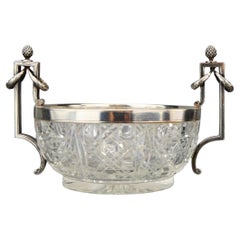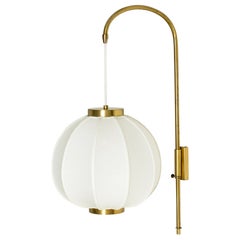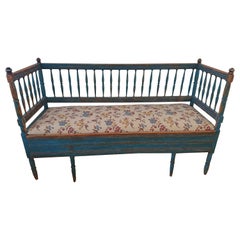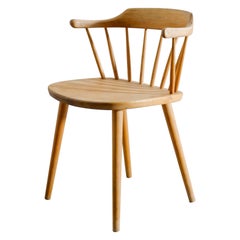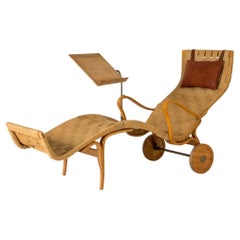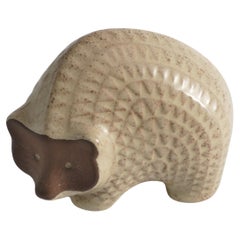Sweden
Early 1900s Russian Russian Empire Antique Sweden
Crystal, Silver
1950s Swedish Scandinavian Modern Vintage Sweden
Brass
Early 19th Century Swedish Gustavian Antique Sweden
Pine
1950s Swedish Scandinavian Modern Vintage Sweden
Birch
1940s Swedish Scandinavian Modern Vintage Sweden
Papercord, Birch
1960s Swedish Scandinavian Modern Vintage Sweden
Earthenware
17th Century Old Masters Sweden
Canvas, Oil
1930s French Mid-Century Modern Vintage Sweden
Oak
1910s Swedish Art Deco Vintage Sweden
Diamond, Ruby, 18k Gold, Platinum
21st Century and Contemporary Danish Sweden
Diamond, Rock Crystal, Silver
1930s Swedish Scandinavian Modern Vintage Sweden
Birch, Zebra Wood
1940s Sweden
Canvas, Oil
Mid-20th Century Mid-Century Modern Sweden
Hardwood
Early 20th Century Naturalistic Sweden
Canvas, Oil, Cardboard
1950s French Mid-Century Modern Vintage Sweden
Metal
Early 1900s Russian Art Nouveau Antique Sweden
Silver, Enamel
1950s Danish Scandinavian Modern Vintage Sweden
Teak
Late 18th Century Swedish Gustavian Antique Sweden
Pine
1930s Swedish Art Deco Vintage Sweden
Diamond, Emerald, 18k Gold, Silver
1950s Swedish Mid-Century Modern Vintage Sweden
Brass, Steel
1920s French Art Deco Vintage Sweden
Ceramic
1960s Swedish Scandinavian Modern Vintage Sweden
Brass
Early 19th Century Swedish Gustavian Antique Sweden
Pine
Mid-20th Century Swedish Scandinavian Modern Sweden
Teak
1920s Austrian Art Deco Vintage Sweden
Diamond, 14k Gold
Early 19th Century Swedish Folk Art Antique Sweden
Pine
1950s Danish Scandinavian Modern Vintage Sweden
Leather, Rosewood
1920s European Art Nouveau Vintage Sweden
Diamond, 14k Gold, Platinum
1930s Italian Futurist Vintage Sweden
Ceramic, Stoneware
1960s Swedish Scandinavian Modern Vintage Sweden
Wool
Mid-20th Century Swedish Scandinavian Modern Sweden
Sheepskin, Birch
1930s Swedish Scandinavian Modern Vintage Sweden
Oak
Early 20th Century Swedish British Colonial Sweden
Leather, Paper
1930s Georgian Art Deco Vintage Sweden
Diamond, 14k Gold, Rose Gold, Silver
Mid-20th Century Danish Scandinavian Modern Sweden
Bronze
Early 20th Century Swedish Renaissance Revival Sweden
Pearl, Ruby, Tourmaline, Silver, Gold Plate
1820s Swedish Karl Johan Antique Sweden
Birch
1950s Swedish Scandinavian Modern Vintage Sweden
Ceramic
Mid-20th Century German Mid-Century Modern Sweden
Stainless Steel, Chrome
1930s European Art Deco Vintage Sweden
Emerald, Pearl, 18k Gold
1980s English Mid-Century Modern Vintage Sweden
Stoneware
1950s Swedish Mid-Century Modern Vintage Sweden
Stoneware
Early 19th Century Swedish Gustavian Antique Sweden
Pine
1950s Swedish Scandinavian Modern Vintage Sweden
Steel
Mid-20th Century Danish Scandinavian Modern Sweden
Brass
Mid-20th Century Swedish Scandinavian Modern Sweden
Iron
1940s Swedish Scandinavian Modern Vintage Sweden
Brass
2010s Asian Art Nouveau Sweden
Diamond, Jade, 18k Gold
1960s Swedish Mid-Century Modern Vintage Sweden
Linen, Oak
Mid-20th Century Swedish Scandinavian Modern Sweden
Beech, Oak, Teak, Walnut
1930s Swedish Scandinavian Modern Vintage Sweden
Pine
Mid-19th Century Norwegian Scandinavian Modern Antique Sweden
Birch
1960s Swedish Scandinavian Modern Vintage Sweden
Brass
2010s Indian Victorian Sweden
White Diamond, Freshwater Pearl, Pearl, 14k Gold, Gold Plate, Brass, Enamel
1980s German Post-Modern Vintage Sweden
Ceramic
20th Century Swedish Scandinavian Modern Sweden
Brass
Mid-20th Century French Louis XVI Sweden
Silver Plate, Brass
1940s Burkinabe Tribal Vintage Sweden
Wood
1960s Swedish Scandinavian Modern Vintage Sweden
Leather, Walnut
1960s Danish Scandinavian Modern Vintage Sweden
Aluminum, Steel
